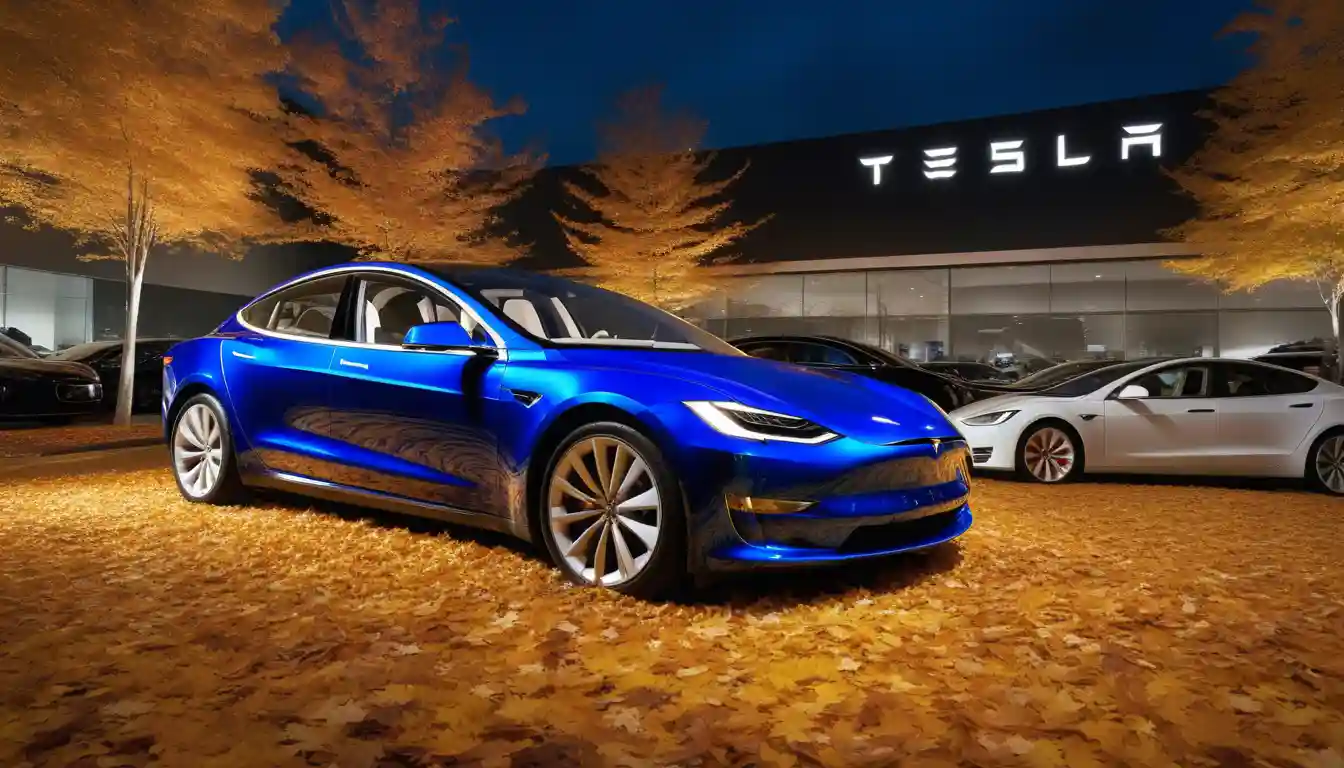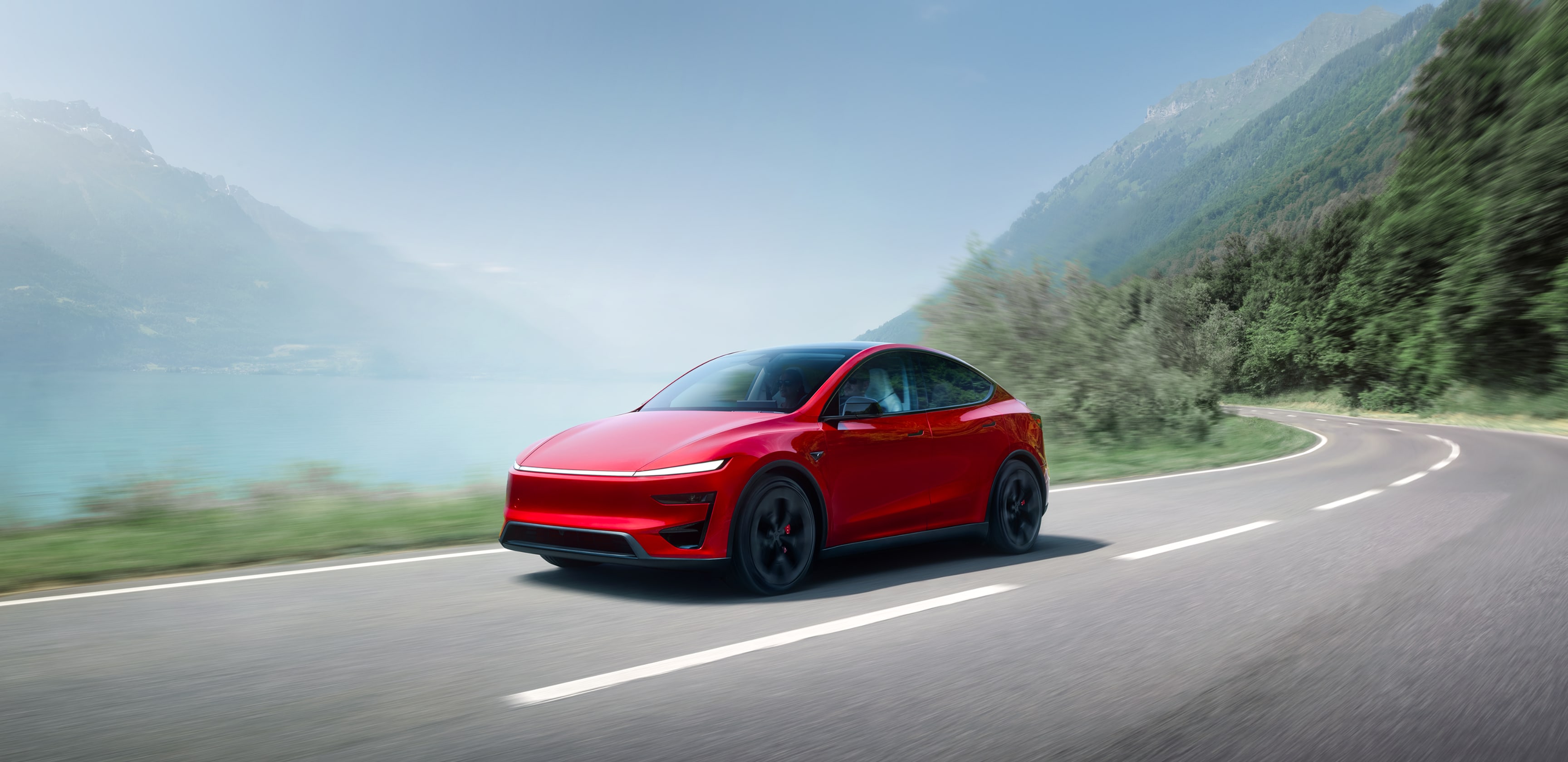
Tesla Delivers Record 497,000 Vehicles in Third Quarter as Tax Credit Deadline Spurs Buying Rush But Company Sold More Cars Than It Built
Tesla’s Record Quarter Sparks Celebration—But Raises Big Questions About EV Demand
A Rush for Tax Credits Pushes Sales Higher, Yet the Real Test Comes Next
AUSTIN, Texas — Tesla just pulled off a milestone that would make any automaker proud. In the third quarter, the company delivered 497,099 vehicles, smashing its previous record and giving critics a reason to pause. On paper, the numbers look like a clean win. But dig deeper, and the story gets far more complicated.
Sales jumped 29% from the prior quarter and 7% year over year. That surge, though, wasn’t fueled by organic demand alone. Instead, it came as buyers scrambled to take advantage of a $7,500 federal tax credit for electric vehicles before new rules trimmed eligibility. Analysts at Cox Automotive estimate EVs made up 10% of all U.S. auto sales in the quarter, a historic figure largely propped up by that one-time rush.
Here’s the catch: Tesla built just 447,450 vehicles in the same period. Deliveries outpaced production by nearly 50,000 cars. That shortfall didn’t come from nowhere. Tesla tapped into inventory it had built up in earlier quarters—helpful for cash in the short run, but not something the company can repeat forever.

When the Shelves Look Bare
That production-delivery gap highlights Tesla’s tricky balancing act. The company appears to have stockpiled cars in Europe and China, where shipping and logistics slowed things down earlier this year, and then cleared out that backlog just as U.S. buyers rushed in.
One auto analyst summed it up bluntly: “You can only deliver more cars than you produce once or twice. After that, you’re in trouble.”
And that’s the concern. Before this quarter, Tesla looked on track for its second straight year of shrinking global deliveries—a sharp break from the 50% annual growth goal it once boasted. At the same time, profit margins have been squeezed as the company slashed prices to keep factories humming.
The mix of models sold adds another wrinkle. Nearly all of Tesla’s sales came from just two cars: the Model 3 and Model Y, which together made up about 97% of deliveries. That leaves the company heavily reliant on a narrow lineup. The rest—Model S, Model X, Cybertruck, and possibly the Semi—barely moved the needle, totaling fewer than 16,000 units. The Cybertruck, hyped as a game-changer, is even lagging behind the much-heavier GMC Hummer EV in sales.
Tesla’s Quietly Growing Side Business
While cars grabbed headlines, Tesla’s energy storage division quietly had a breakout moment. The company deployed 12.5 gigawatt-hours of battery storage in the quarter—a record and a massive leap from the 7–8 GWh levels seen a year ago.
To put it into perspective, Tesla’s plant in Lathrop, California, is aiming for 40 GWh of annual output. Meanwhile, its new Megafactory in Shanghai has already shipped its first 1,000 Megapack units and is ramping up fast.
Insiders suggest that profit margins in energy storage now outpace those in automotive, potentially topping 25%–30%. That flips the script. If the trend continues, Tesla could eventually make more money from batteries than from cars. In fact, energy storage might become the company’s most reliable profit engine as utilities scramble to stabilize grids and support renewable power.
One fund manager who invests in clean energy put it this way: “Tesla was early to the game, and now it’s scaling while competitors are still figuring out how to catch up.”
Politics and Market Realities
The outside world isn’t making Tesla’s path any smoother. Elon Musk’s role in the Trump administration—he’s leading the Department of Government Efficiency, which has pushed deep federal budget cuts—has created plenty of political noise. Some worry the visibility is denting Tesla’s brand, though it’s hard to measure the impact.
More pressing are changes in policy. The administration’s skepticism toward clean-energy subsidies has already slowed the broader EV market. Major automakers, including Ford and GM, have delayed or canceled EV programs, which could give Tesla an opening—but also shrinks the overall pie.
The expiration of tax credits that lifted Tesla’s third-quarter sales could bite hard in the fourth quarter. Rivals are already responding. Ford and GM are subsidizing EV leases to make up for the lost incentive, putting fresh pressure on Tesla’s pricing.
To counter that, Tesla is preparing a cheaper Model Y expected to launch in the low-$30,000 range by year’s end. Whether that model wins over cost-sensitive buyers without eating into sales of higher-margin versions remains an open question.
Investors Eye the Next Chapter
With Tesla’s earnings call set for October 22, investors are laser-focused on several questions. First, will orders keep flowing in Q4 now that tax credits have expired? If sales slip while production rises, inventory could build back up—a sign demand isn’t holding steady on its own.
Second, the energy division could change how Wall Street values Tesla. If output from California and Shanghai ramps to 60–80 GWh annually by 2026 with strong margins, Tesla might be seen less as a carmaker and more as a hybrid industrial-energy giant.
Profit margins in the car business will also face scrutiny. If Tesla had to lean heavily on discounts and end-of-quarter urgency to hit its record numbers, then profitability probably took a hit. Comparing auto margins to energy margins will reveal how much the latter can cushion the blow.
Finally, the geographic breakdown matters. Europe and China have become fierce battlegrounds, with competitors cutting prices aggressively. Tesla’s guidance for those regions will be a telling sign of what’s ahead.
A Company in Transition
Right now, Tesla looks like a company at a crossroads. It just delivered record numbers but leaned heavily on incentives and inventory to get there. Its car business faces slowing growth and margin pressure. Yet its energy storage arm is accelerating, with the potential to transform Tesla into something much bigger than an automaker.
Most likely, Q4 will show a dip in deliveries as the tax credit rush fades, while the energy segment provides some balance. That mix could make for a bumpy earnings season, with plenty of volatility.
One thing is clear: Tesla’s story is no longer just about cars. It’s about whether a company that once defined the EV market can reinvent itself as a broader energy powerhouse—without losing its grip on the very business that put it on the map.
House Investment Thesis
| Category | Analysis & Key Takeaways |
|---|---|
| Headline Events | • Deliveries: 497,099 (Significant beat vs. production of 447,450). • Energy Storage: Record 12.5 GWh of deployments. |
| Auto Business Read | • Q3 Surge Cause: Not organic demand. Driven by U.S. EV credit policy timing and a one-off channel inventory release. • Outlook: Expects a demand "air-pocket" in Q4 (deliveries to fall) unless further price cuts occur. • Margins: Auto GM expected to remain mediocre despite volume, due to incentives. |
| Energy Business Read | • The Growth Engine: 12.5 GWh follows 9.6 GWh in Q2. Ramping at Lathrop (~40 GWh/yr) and Shanghai Megafactory (~40 GWh/yr). • Profitability: Energy Gross Margin now outpaces Auto GM (estimated >30%). Becoming the company's margin ballast and a growing share of total profit. |
| Key Takeaways | 1. Auto Demand Quality is Low: Q3 beat is not repeatable; product mix is still concentrated in 3/Y. 2. Energy is Margin Ballast: Its high GM is crucial to offsetting auto margin compression. 3. Macro/Policy Dependent: Q3 performance was boosted by transient policy factors. |
| Investor Framing | • Energy Revenue: Multi-billion dollar segment with GM > Auto GM, offsetting auto pressure. • Investment Case Rotation: The thesis is shifting from "auto company" to a hybrid auto + grid-tech company, which could re-rate the stock's multiple. |
| Base Case (55%) | Q4 deliveries fall, auto GM flat/down, energy profit grows, stock finds support on energy narrative. |
| Bear Case (30%) | Post-credit demand cliff forces price cuts, energy can't fully offset auto margin compression. |
| Bull Case (15%) | New products/software surprise, U.S. demand holds, energy ramps faster than expected. |
| Critical Watch Items | 1. Early Q4 delivery cadence for signs of an "air-pocket." 2. Energy backlog visibility and ramp curve toward ~60-80 GWh/year capacity. 3. Confirmation that Energy GM > Auto GM, widening the spread. 4. U.S. order intake post-Sept 30 EV credit change. |
| Bottom Line | Q3 proves operational execution but doesn't fix structural auto issues. The profit core is rotating to Energy (Megapack), while autos provide scale and optionality. The equity can re-rate on Energy strength even without a new mass-market vehicle. |
NOT INVESTMENT ADVICE